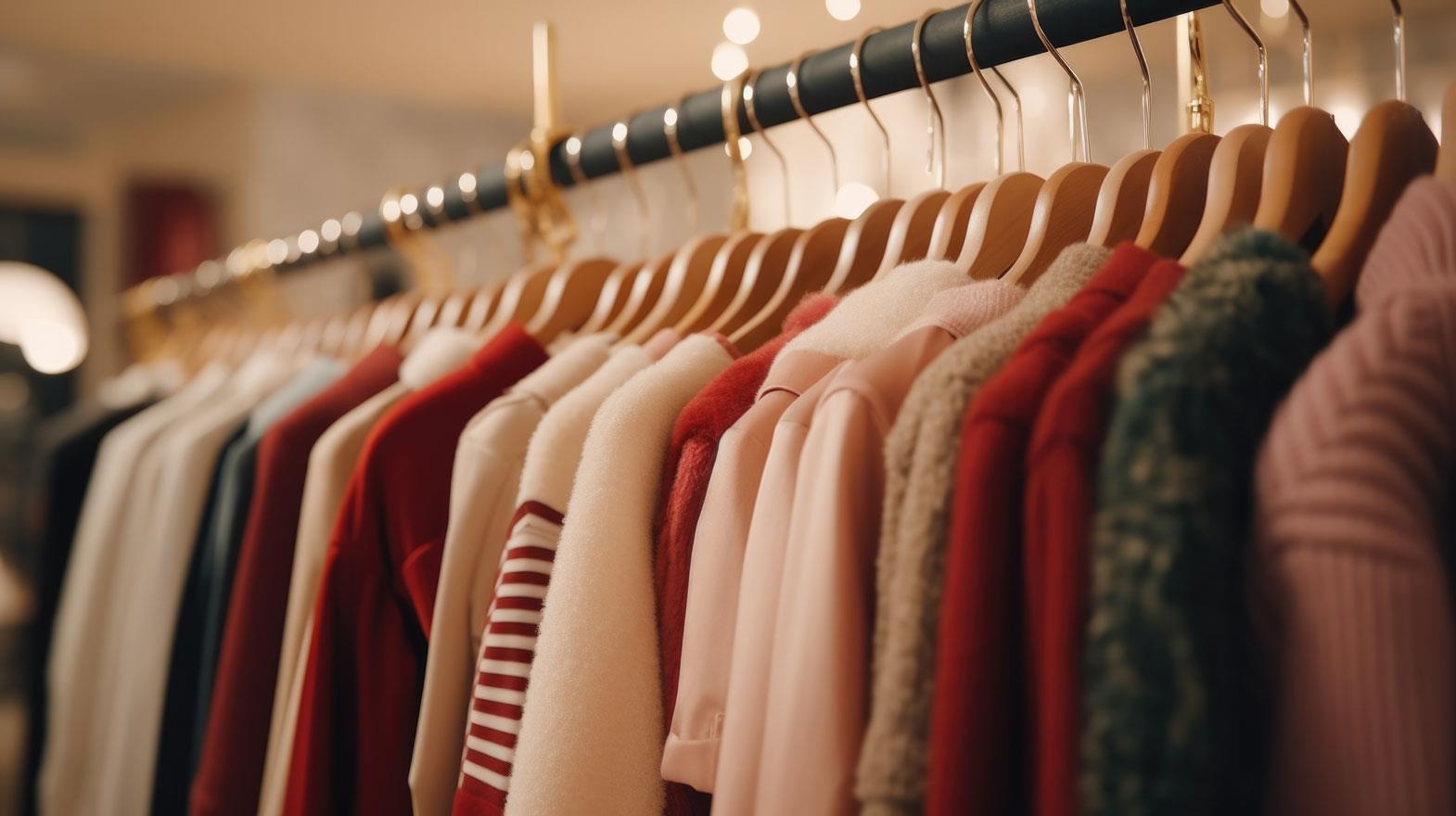Retailers have moved beyond traditional surveys to analyze consumer buying behavior. Many apparel stores now employ surveillance cameras that track the shopping actions of consumers and their buying behavior. The software working in conjunction with these cameras digitally analyzes video footage to map a store's traffic patterns. This information reveals which areas of the store receive the most foot traffic and which areas have less or no traffic at all. The software also generates charts and graphs to track frequently visited spaces in the store and helps calculate how much time shoppers spend before making a purchase decision.
Video tracking software helps retailers identify the best areas in their stores for displaying garments, which can inform store layout and shelf design. However, it's important to note that this software does not monitor the shopping patterns of individual customers. Motion sensors can also provide similar tracking information by identifying high-traffic and low-traffic areas within a store.
Some video tracking software for apparel retail goes beyond tracking traffic and helps collect data about shoppers' age, gender, moods, and emotions. Additionally, there are software solutions that can be integrated with Radio Frequency Identification (RFID) chips to determine how often a particular product is picked up by shoppers.
Retailers are also utilizing technology that can track consumer movement as soon as they enter a mall. This system coordinates with shoppers' cell phone signals to map their journey and time spent in a store without compromising their privacy or collecting personal data. Using this tracking tool, retailers have identified optimal store placements within malls and can even determine the country code of visitors based on their mobile phone numbers. This system allows for individual tracking of consumers within a building.
Analyzing consumer behavior is comparatively easier for apparel e-tailers. E-tailerstrack consumer purchasing patterns by cookies, integration of social networking-accounts, and search histories. Cookies, a piece of text stored on the user's computer while browsing the web, are the major source for retrieving all consumers related buying information. Cookies can be used to store site preferences and shopping cart contents which can help e-tailers predict the kind of garments customers enjoy. The feature of creating a user account by getting registered is also a way of knowing likes and dislikes, professions, hobbies, and other consumer insights that can be useful to retailers online.
Online apparel retailers determine consumer buying patterns by allowing consumers to create a mini-boutique and select their favourite brands, colors, and styles to see which products have the potential to produce more sales and forecast trends for future. The like, share, and wish list features also help e-tailers in keeping inventories and predicting which garments are popular and which are not. Moreover, many e-tailers now provide the option of commenting and discussing a product with other users through forums and bulletins; this can help in gaining deeper insights in buying behavior and factors influencing it.
E-tailers make changes in their sites and its layout to see how consumers respond to it. Customer reaction to pop-up advertisements and related searches give a direct understanding of tastes, preferences, and styles that an individual prefers while shopping online. By tracking this, e-tailers personalize, send e-mailers about sale and discounts, and send specific product details depending on the consumer specific patterns.
With the help of all these tools and data tracking systems, retailers can analyze purchase patterns of individuals or groups and factors encouraging online or in-store buying, help in designing a store or a website for better display, determine how individuals navigate the website or move in-store, and identify potential buyers of certain products to be targeted in the near future.
Understanding consumer behavior leads to higher customer satisfaction and increases productivity as a result. It is estimated that 90% of extremely satisfied customers recommend e-tailers to others, and 80% online shoppers would return to store sites within 2 months. To withstand the ever increasing competition in apparel retail, the whimsical trends in fashion, and changing consumer preferences, a sound awareness of the consumer purchasing behavior will help by not only pushing the sales but also by delivering to customers exactly what they want.
References:
1. Nytimes.com
2. Dsi.unive.it
3. Businessweek.com
4. Mnn.com








Comments